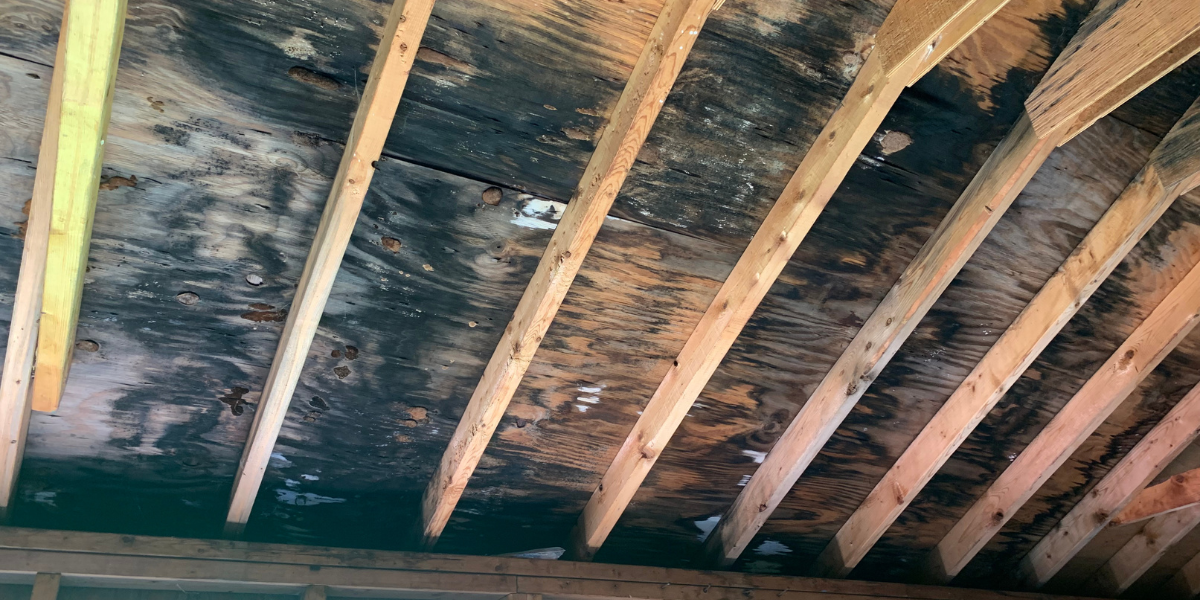As a homeowner, you must recognize the risks associated with mold growth – mainly black mold, as this toxic strain poses health threats if left unattended. Here is an outline of signs to look out for to spot black mold.
Moisture Damage
Water is one of the primary contributors to mold growth, making it essential to monitor for signs of water damage in your home, such as water stains, peeling wallpaper or paint, and musty odors. Should any water damage arise in your home, it must be addressed quickly to prevent future outbreaks of mold growth.
Appearance
Black mold has a slimy or fuzzy appearance, typically greenish-black or grayish-black.
It typically forms in circles over an area, though small spots or dots may form. Not all black-colored mold is necessarily Stachybotrys chartarum; other species of mold may also share this characteristic.
Texture
The black mold features a slimy or fuzzy texture similar to other varieties of mold, resembling different types and feeling damp and soft when touched.
Location
Black mold can flourish on virtually all organic materials like wood, paper, and fabrics. It thrives best in damp environments like bathrooms, kitchens, and basements but may spread behind walls and under ceiling tiles making detection even more challenging.
If you suspect black mold in your home, immediate steps must be taken to address it. Below are some steps for doing so:
Find Moisture Sources: Moisture is one of the leading causes of mold growth, so identify its sources and take steps to address them, such as fixing leaks or improving ventilation, or purchasing a dehumidifier.
Protective gear: When dealing with black mold, it is critical to wear protective equipment like gloves, goggles, and respirator masks to limit exposure to its spores.
Removing Mold: Depending on the severity of mold growth, you can safely eradicate it yourself with water mixed with bleach or vinegar. However, in larger areas or when feeling uncertain how best to approach removing it yourself safely, professional mold remediation services may be required for more comprehensive removal efforts.
Black mold (Stachybotrys chartarum) poses serious health hazards if left uncontrolled. Exposure can result in various health symptoms, such as:
Respiratory Issues: Black mold exposure can result in respiratory symptoms such as coughing, wheezing, and shortness of breath due to mold spores irritating respiratory systems, especially for people who already suffer from preexisting respiratory conditions.
Allergies: Exposure to black mold can also trigger allergic reactions in some individuals, including sneezing, runny nose, and itchy eyes. People with allergies or asthma may be susceptible to its spores.
Headaches: Exposure to black mold may lead to headaches in specific individuals due to mycotoxins released by mold spores that discharge into the environment and impact the central nervous system.
Fatigue: Exposure to black mold may lead to fatigue or general malaise due to your immune response to mold spores.
Skin Irritation: Some individuals exposed to black mold may also experience skin irritation, such as rashes or hives, as a result.
Black mold poses serious health hazards if left unmanaged. By understanding its health effects and taking steps to curb mold growth, you can help protect both your home and your family’s well-being.



